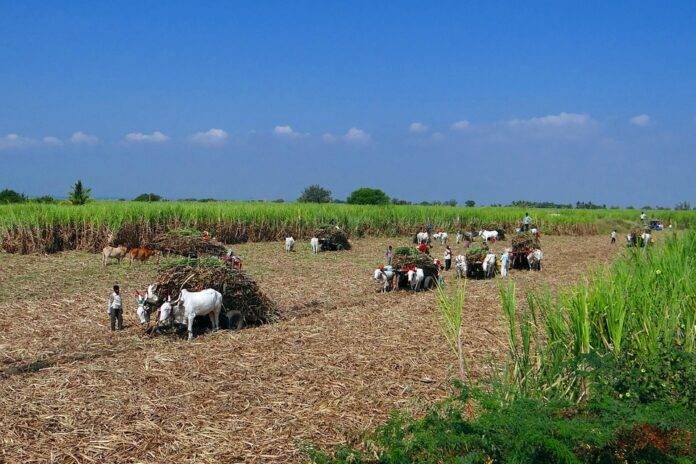Crop Loss Reduction Techniques Using Precision Harvesting Tools
In the agriculture industry, crop loss during harvesting can have significant financial implications for farmers. Precision harvesting tools have emerged as a promising solution to reduce crop loss and improve overall efficiency in the harvesting process. This report will explore the various techniques and tools that can help farmers minimize crop loss and maximize their yields.
Precision Harvesting Tools
Precision harvesting tools utilize advanced technology such as GPS, sensors, and data analytics to optimize the harvesting process. These tools enable farmers to monitor crop conditions, adjust harvesting parameters in real-time, and minimize waste during the harvesting operation. Some common precision harvesting tools include:
– Yield monitors: These devices track the amount of crop harvested in real-time, allowing farmers to adjust harvesting speed and settings to optimize yield and reduce losses.
– GPS-guided harvesters: GPS technology enables precise navigation of harvesting equipment, ensuring uniform coverage of the field and minimizing overlap or missed areas.
– Automated crop sensors: These sensors measure crop quality and density, providing valuable data to optimize harvesting decisions and reduce losses.
– Data analytics software: Advanced software analyzes data collected from precision harvesting tools to identify patterns, trends, and opportunities for improvement in the harvesting process.
Benefits of Precision Harvesting Tools
The use of precision harvesting tools offers several benefits to farmers, including:
1. Improved efficiency: Precision tools enable farmers to harvest crops more efficiently, reducing labor costs and increasing overall productivity.
2. Reduced crop loss: By monitoring crop conditions and adjusting harvesting parameters in real-time, farmers can minimize crop loss and maximize yields.
3. Enhanced quality: Precision tools help farmers harvest crops at the optimal time and conditions, resulting in higher-quality produce.
4. Data-driven decision making: The data collected by precision tools provides valuable insights for farmers to make informed decisions and optimize their harvesting operations.
Industry Insights
The adoption of precision harvesting tools is on the rise in the agriculture industry, driven by the increasing demand for efficient and sustainable farming practices. According to a report by Grand View Research, the global precision agriculture market is projected to reach $13.5 billion by 2027, with a compound annual growth rate of 11.2%.
Several companies are leading the way in developing and supplying precision harvesting tools to farmers. John Deere, for example, offers a range of precision agriculture solutions, including GPS-guided harvesters and data analytics software. Trimble Inc. is another major player in the industry, providing precision farming technology such as automated crop sensors and yield monitors.
Financial Data
The investment in precision harvesting tools can vary depending on the size of the farm and the specific tools and technology chosen. According to a study by Purdue University, the average cost of implementing precision agriculture technologies on a farm ranges from $20,000 to $80,000. However, the potential return on investment can be significant, with some farmers reporting increased yields of up to 20% after adopting precision harvesting tools.
In conclusion, precision harvesting tools offer farmers a valuable opportunity to reduce crop loss, improve efficiency, and maximize yields in the harvesting process. By investing in advanced technology and data-driven solutions, farmers can optimize their operations and achieve better outcomes in today’s competitive agriculture industry.




